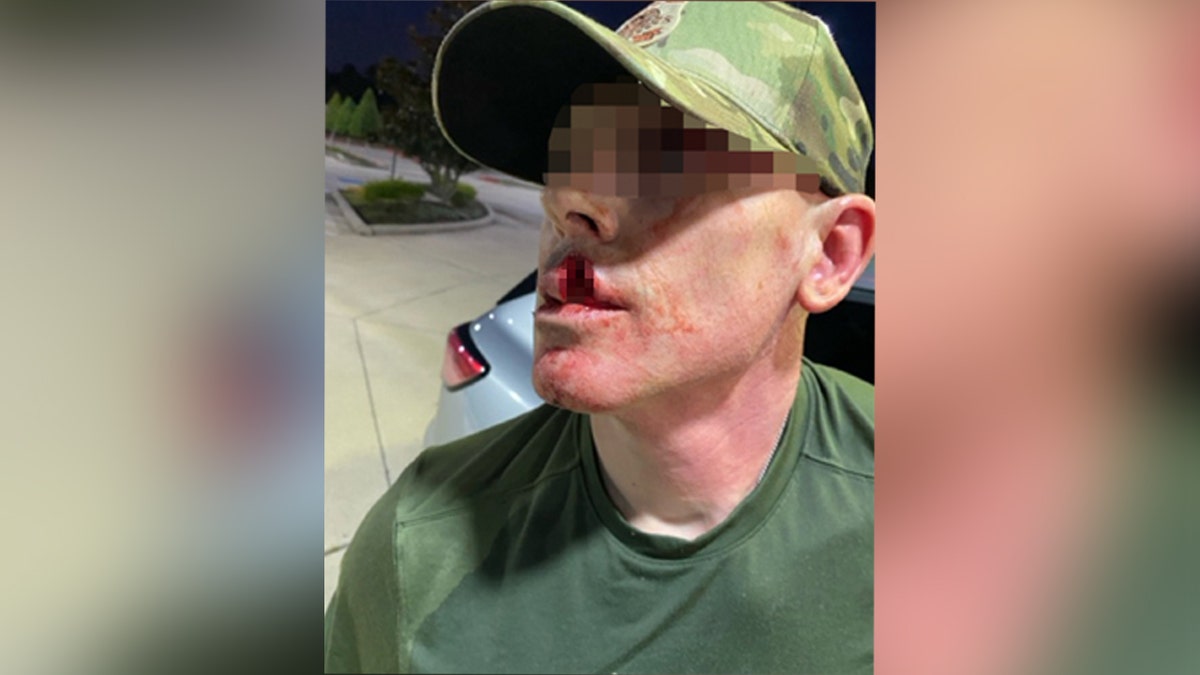Sanctuary politicians’ rhetoric led to 1,150% surge in violence against ICE agents: DHS – Fox News

Report on Escalating Violence Against Law Enforcement and Implications for Sustainable Development Goal 16
Introduction: A Challenge to Peace, Justice, and Strong Institutions
This report analyzes data released by the Department of Homeland Security (DHS) concerning a significant increase in violent attacks against Immigration and Customs Enforcement (ICE) officers. These findings present a direct challenge to the principles outlined in Sustainable Development Goal 16 (SDG 16), which aims to promote peaceful and inclusive societies, provide access to justice for all, and build effective, accountable, and inclusive institutions at all levels.
Key Findings: A Surge in Violence
Data from the DHS indicates a critical escalation in assaults against federal law enforcement personnel, undermining progress toward SDG 16.1 (Significantly reduce all forms of violence and related death rates everywhere).
- From January 21 through November 21, DHS recorded 238 assaults on ICE officers.
- This figure represents an increase of over 1,150% compared to the 19 incidents recorded during the same period in the previous year.
DHS officials have linked this sharp rise to public rhetoric, suggesting a correlation between inflammatory language and violence against state institutions, which complicates the mission of SDG 16.6 (Develop effective, accountable and transparent institutions).
Nature of Assaults and Impact on SDG 3
The reported incidents demonstrate a pattern of escalating violence that directly impacts the physical and mental well-being of officers, a concern related to SDG 3 (Good Health and Well-being). The types of assaults documented include:
- Physical attacks such as hitting, spitting, kicking, and biting during arrests.
- The use of vehicles as weapons against officers, including ramming attempts.
- Attacks involving deadly weapons, such as gunfire and Molotov cocktails.
Specific cases highlight the severity of these encounters:
- An officer required 13 stitches after being struck in the face with a metal object.
- Another officer sustained a concussion and head injury while arresting a subject.
- An incident in Florida involved an individual allegedly reversing a vehicle into an agent’s leg.
- An organized ambush on a federal detention center reportedly involved gunfire from multiple individuals.
Conclusion: Upholding the Rule of Law for Sustainable Development
The DHS concludes that these incidents represent targeted attacks on law enforcement, which constitutes an assault on the rule of law itself. This trend directly threatens the foundation of SDG 16.3 (Promote the rule of law at the national and international levels and ensure equal access to justice for all). Protecting the personnel who serve within justice and security institutions is fundamental to maintaining societal order and achieving the broader goals of peace, justice, and sustainable development for all communities.
Analysis of the Article in Relation to Sustainable Development Goals (SDGs)
1. Which SDGs are addressed or connected to the issues highlighted in the article?
-
SDG 16: Peace, Justice and Strong Institutions
This is the most relevant SDG as the article’s central theme is the significant increase in violence against law enforcement officers, who are representatives of a state’s justice and security institutions. The article discusses assaults on Immigration and Customs Enforcement (ICE) officers, framing these attacks as a threat to the rule of law and the stability of the institutions responsible for enforcing it.
2. What specific targets under those SDGs can be identified based on the article’s content?
-
Target 16.1: Significantly reduce all forms of violence and related death rates everywhere.
The article directly addresses this target by focusing on the surge in “assaults and violent attacks” against ICE officers. It provides specific details on the forms of violence, including “hitting, spitting, kicking and biting during arrests to vehicle ramming, gunfire and Molotov cocktail attacks.” The reported 1,150% increase in such incidents highlights a significant failure to reduce violence against this specific group.
-
Target 16.3: Promote the rule of law at the national and international levels and ensure equal access to justice for all.
This target is explicitly connected when the article quotes the Department of Homeland Security (DHS), stating that “any attack on those who enforce the nation’s laws amounts to an attack on the rule of law itself.” The violence described is presented as a direct challenge to the principle of the rule of law, which is fundamental to a just and peaceful society.
-
Target 16.a: Strengthen relevant national institutions… to prevent violence and combat… crime.
The article discusses the role of ICE officers in arresting individuals accused of serious crimes, such as “pedophiles, rapists, murderers, gang members, and terrorists.” The attacks on these officers undermine the capacity of this national institution to perform its duties, thereby weakening its ability to combat crime and prevent further violence. The statement that officers are “targeted because of the badge they wear” emphasizes that the institution itself is under attack.
3. Are there any indicators mentioned or implied in the article that can be used to measure progress towards the identified targets?
-
Number and rate of assaults on law enforcement officers.
The article provides precise quantitative data that can serve as a direct indicator. It states there were “238 assaults on ICE officers” from January 21 to November 21, a “surge more than 1,150%” from the “19 during the same timeframe in 2024.” This data directly measures the prevalence of violence (related to Target 16.1).
-
Severity and nature of injuries sustained by officers.
The article implies this indicator by describing specific outcomes of the violence. Examples include an officer requiring “13 stitches” for a lip laceration and another who “suffered a concussion.” Tracking the frequency and severity of such injuries would measure the physical harm component of violence (related to Target 16.1).
-
Types of violent acts committed.
The article lists various forms of assault, such as being “struck in the face with a metal coffee cup,” “vehicle ramming, gunfire and Molotov cocktail attacks.” Categorizing and counting these specific types of attacks can serve as an indicator to understand the nature of the violence and the threat level to the rule of law and institutional strength (related to Targets 16.1, 16.3, and 16.a).
4. Summary Table of SDGs, Targets, and Indicators
| SDGs | Targets | Indicators |
|---|---|---|
| SDG 16: Peace, Justice and Strong Institutions | 16.1: Significantly reduce all forms of violence and related death rates everywhere. |
|
| SDG 16: Peace, Justice and Strong Institutions | 16.3: Promote the rule of law at the national and international levels. |
|
| SDG 16: Peace, Justice and Strong Institutions | 16.a: Strengthen relevant national institutions… to prevent violence and combat… crime. |
|
Source: foxnews.com
What is Your Reaction?
 Like
0
Like
0
 Dislike
0
Dislike
0
 Love
0
Love
0
 Funny
0
Funny
0
 Angry
0
Angry
0
 Sad
0
Sad
0
 Wow
0
Wow
0




















































.jpg.webp?itok=0ZsAnae9#)


























